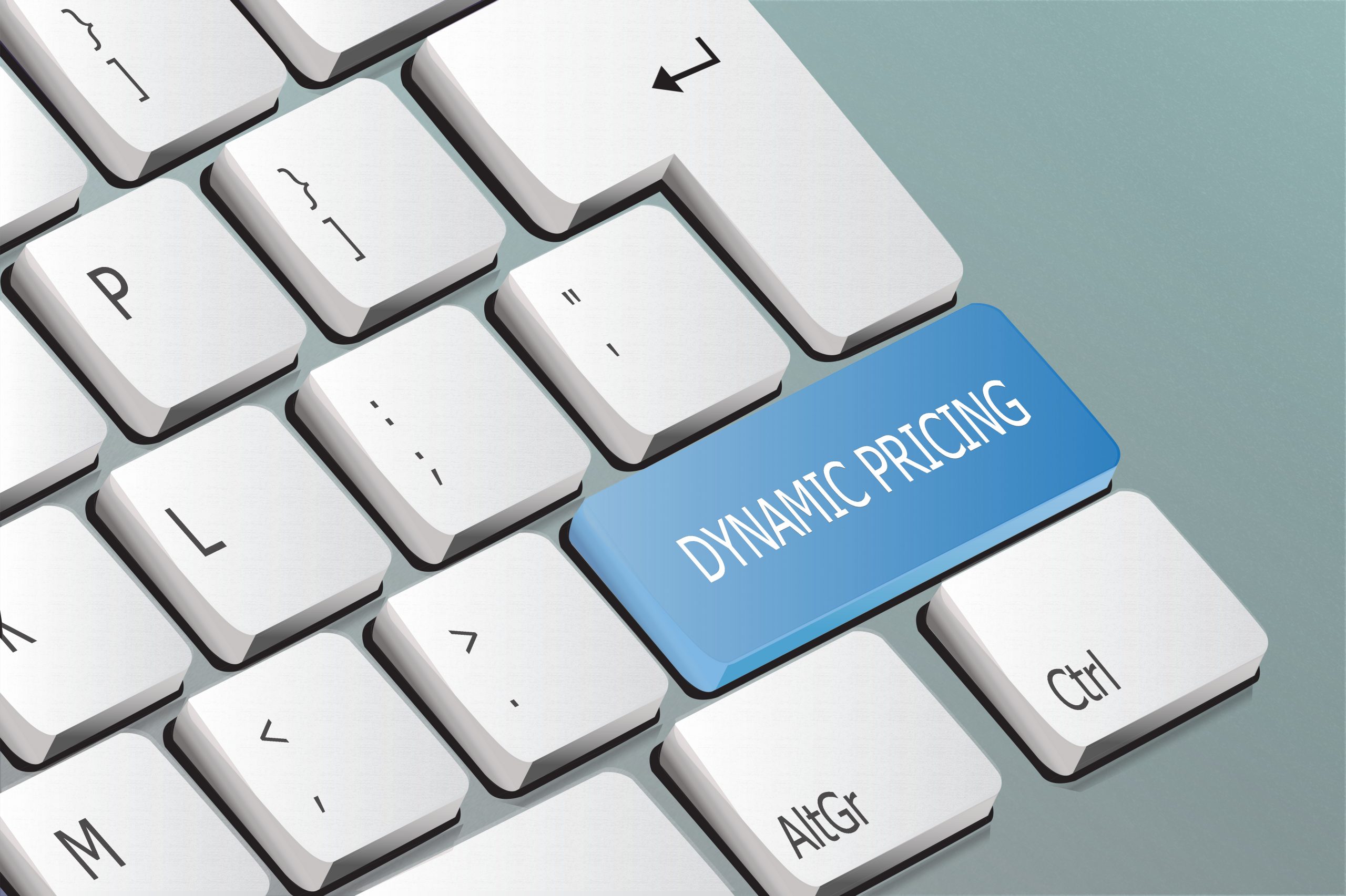One of the main deciding criteria for guests when evaluating short-term rental properties is price. It’s crucial to set a competitive price in your market.
If your rates are excessively high, you run the danger of getting fewer reservations, and you’ll raise the bar for the amenities and services your visitors expect. Negative reviews may result if these aren’t met, leading to unpleasant experiences.
Conversely, setting your rental prices too low is also not a good idea. Although you will receive more reservations in the short term, your profits will be reduced over time.
The secret is to locate the sweet spot: prices that will appeal to prospective customers while both covering your costs and generating a profit. It is not, however, a simple task. Seasons, adjacent events, competition, duration of stay, and many other factors need to be considered. Using dynamic pricing for short-term rentals allows you to maintain your competitiveness year-round while still earning money.
What does vacation rental dynamic pricing entail?
Algorithms are used in dynamic pricing to compute and modify prices continuously. You can adjust your rates using this pricing approach to maximize bookings and profit margins.
The lodging sector has been employing this tactic for years. It makes use of technology and machine learning to change the nightly rates you charge by supply and demand. Imagine it as your revenue-boosting wizard who is always at work.
How do you decide on your nightly rate then? To determine your base price, you must first assess several factors. Among them are your operational costs, the prices of your rivals, or the peak travel times in your area. Once this preliminary analysis phase is complete, you will be able to apply any dynamic variations you feel are necessary to create your pricing schedule.
The same goes for your ability to change with the times. This will be crucial. Events beyond our control occasionally cause demand to increase or decrease, as we saw during the COVID pandemic in 2020 when demand for vacation rentals in some places increased as travelers avoided hotels in favor of locations that offered more space and privacy.
You may make the most of your vacation rental business if you have the flexibility to adjust your short-term rental pricing and respond to the scenario.
What distinguishes revenue management from dynamic pricing?
Although dynamic pricing is one of the numerous tactics of revenue management, this doesn’t mean that you may readily use the two words interchangeably. Both ideas take into account the fact that your prices can change depending on several established guidelines and mainly rely on data and technology to anticipate what the ideal pricing should be.
Dynamic pricing and revenue management, however, are not the same as discount methods because they raise prices, especially if there is a rise in demand.
Dynamic pricing for vacation rentals: advantages
Your entire revenue will rise
With dynamic pricing, you can change your nightly rate to maximize your overall revenue over time. For instance, if your calendar indicates that many guests are planning 3-day weekends, you may lower prices on Wednesdays to encourage longer stays.
When you adjust your prices in this way, you will see a shift in income over time because all of these minor price adjustments add up to a sizable number, which will probably increase your earnings over time as well.
Saving time
Using short-term rental pricing tools to optimize your rates eliminates the guesswork involved in determining which rates to charge and when.
You run the danger of losing bookings if your pricing is too high, and you lose money if you undercharge. This issue will be resolved, and you’ll save countless hours of labor thanks to dynamic pricing.
Increase occupancy and stay time
By utilizing approaches for a dynamic minimum stay, smart pricing enables you to accomplish longer stays and better fill the gaps between reservations. Dynamic pricing for short-term rentals enables you to get as many reservations as possible at the greatest prices.
Overall, when vacation rental owners and property managers employ dynamic pricing, occupancy rates become more steady, and their revenue streams are more secure.
Perform better than your rivals
If your competitors are not using dynamic pricing and are instead attempting to determine their rates through guesswork, inflation, and in-depth competitor analysis, you have a clear edge.
Critical data will provide you with a better understanding of every facet of your company and give your listing an advantage over rival listings.
What are the best tools for pricing vacation rentals?
Your price rules don’t necessarily need to be set up manually. There is a much simpler method. You can automate everything with the aid of dynamic pricing software for holiday rentals. Professionals that manage vacation rentals may implement rules to control price and nightly stay restrictions using these tools, saving them hours in the process.
Some of the most significant tools for determining vacation rental pricing are listed below:
Beyond Pricing
Beyond provides a dynamic, demand-driven pricing mechanism that pairs with OTA distributors like Airbnb, Vrbo, and their booking engine and includes substantial market data.
They currently have 340,000 postings available in over 7,500 places throughout the world.
Additionally, Beyond and Lodgable have joined to provide short-term rental managers and owners who use this vacation rental software with ways to generate, increase, and maintain revenue.
To maximize revenue and occupancy, their data-driven application automatically modifies rates. Through their local market experts, the tool may also assist you in maximizing your earnings and forecasting income.
More integrations with other dynamic pricing soon to come!
Smart Pricing on Airbnb
Additionally, Airbnb has its own automated dynamic pricing algorithm. You can automatically adjust the price of your home based on the demand for listings that are comparable to yours using this built-in function within the Airbnb calendar.
The software considers more than 70 variables, including the date of check-in, market demand, seasonality, listing ratings, and the services provided. Even the frequency of daily visits to your listing and the length of time users stay on your page are valued by Airbnb. Additionally, Airbnb lets you choose a minimum and maximum nightly rate, ensuring that hosts always maintain financial control. You can decide whether to enable or disable Airbnb Smart Pricing. Even with this option chosen, you can still modify some nightly prices and fluctuation restrictions at any moment in your calendar.
Your Airbnb administration software is directly connected to dynamic pricing software. The tools will examine your prices and make any necessary change recommendations after your accounts have been synchronized. Your calendar will reflect them after you approve (or alter) them.
How are dynamic rates determined using STR pricing tools?
Dynamic pricing tools for short-term rentals will start with your average base rate. Your base fee will be $200 if your average nightly rate is $300 in peak season and $100 in low season. Although each tool determines costs differently, they all generally take the following things into account:
- Seasonality: The resources modify your basic pricing by the time of year. They examine historical patterns in local hotels and vacation rentals to achieve this.
- Days of the week: They choose whether to increase or decrease the price of lodging in your location, dependent on the day of the week.
- Lead-time: This term describes the interval between the time a user books your rental and the date of their check-in. Using this information, dynamic pricing technologies can provide discounts for both last-minute bookings (to fill in the blanks on your schedule) and reservations (to guarantee the maximum possible occupancy).
- Vacation days and significant occasions: These tools will identify the most sought-after dates after examining the activity of your regional rivals. To lower the margin of error, you can also include a list of the major events in your region.
- Nothing is worse than having voids in the middle of an active schedule than “orphan” days. Because of this, some tools will automatically produce discounts to encourage booking these “orphan days.”
- Personalization: The choice of strategy is ultimately up to the owners and managers. As a result, you can set a pricing range that the tools will always abide by, including a minimum and maximum.
Should you begin utilizing technologies for dynamic pricing?
Thanks to short-term rental pricing systems that use cutting-edge algorithms to build a fluid pricing system that matches market demand in real time, fixed prices are becoming a thing of the past in the holiday rental industry. Should your vacation rental firm employ dynamic pricing? It depends.
You can become more competitive and boost your earnings by changing your prices in response to supply and demand or seasonality. However, monitor the costs and determine whether it adjusts to your management style.









